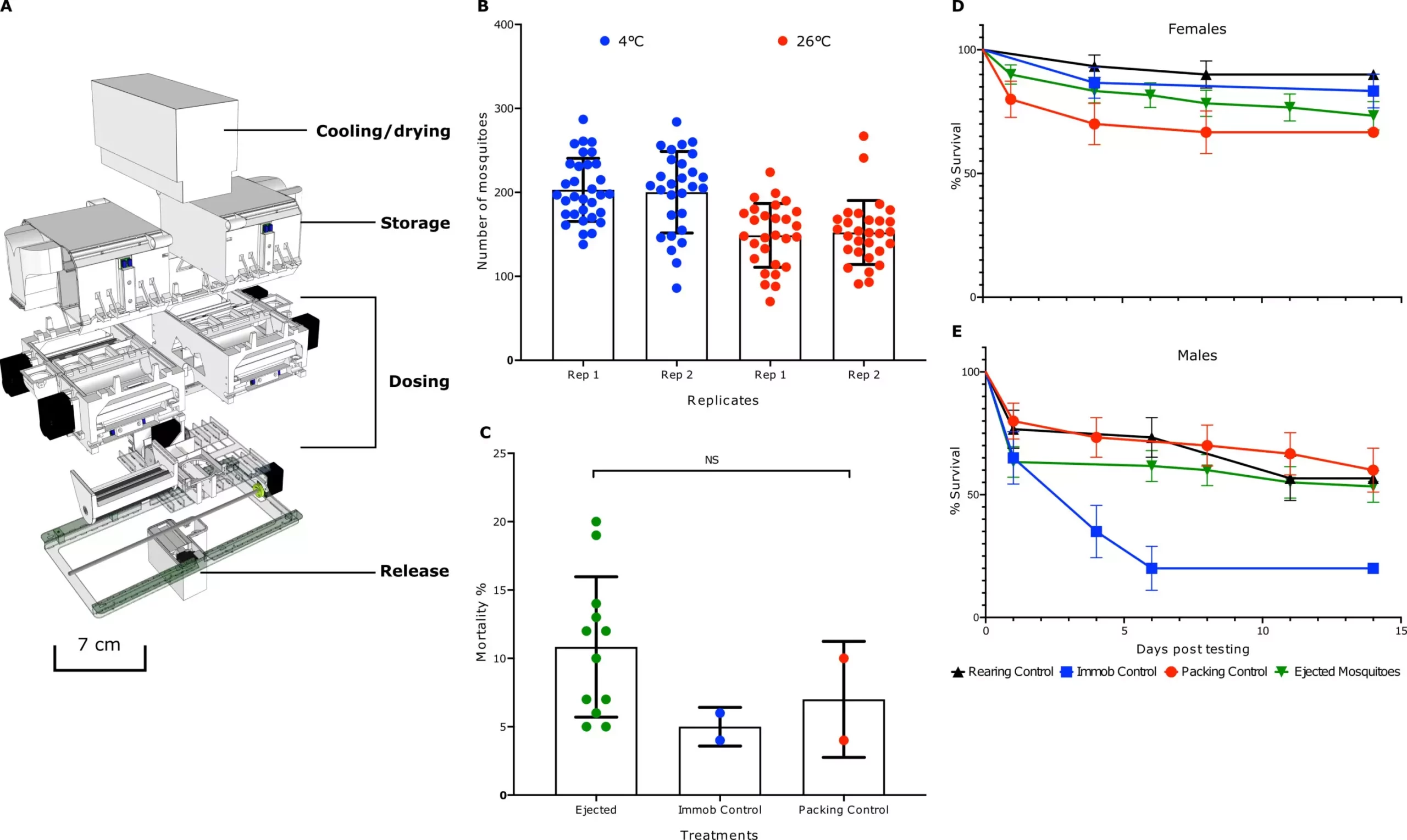In the realm of public health, few threats loom as large as those posed by mosquitoes. These tiny carriers are responsible for transmitting debilitating diseases like dengue fever, Zika virus, and malaria, causing countless human suffering and significant economic strain worldwide. Efforts to mitigate the impact of these vectors have been hampered by outdated and inefficient strategies, prompting researchers to seek innovative technological solutions. The latest advancements presented by an international team of infectious disease experts, in conjunction with the World Mosquito Program, highlight a transformative approach using drones to deploy bacteria-infected mosquitoes. Their work not only promises efficiency but also signifies a critical leap toward a sustainable and effective means of controlling mosquito populations.
Transforming Traditional Methods with Advanced Technology
Historically, controlling mosquito populations centered on breeding and manually releasing infected mosquitoes capable of spreading a mosquito-killing bacteria. While this method demonstrated potential, it was fraught with limitations. Labor-intensive, dangerous, and logistically challenging, traditional methods failed to optimize both the time and resources involved. The research team’s innovative approach alleviates these concerns through the engineering of a specialized drone deployment system.
The reimagined method involves an agile and lightweight drone that carries a unique container designed to hold multiple compartments of infected mosquitoes. This container can maintain the necessary living conditions while also ensuring that the mosquitoes are safely sedated until their release. With this breakthrough, the efficiency of mosquito distribution could soar, allowing for targeted releases over wide swaths of land and the timely deployment of hundreds of thousands of mosquitoes within a short time frame.
Precision and Efficiency: The Promise of Automation
In the intricate and often chaotic dance of ecological balance, automation emerges as a pivotal player in mosquito management. Jacob Crawford, contributing insights in the journal *Science Robotics*, emphasizes the potential benefits of employing aerial release devices in controlling mosquito populations. The system developed by the research team enables precise control over mosquito release, ensuring even distribution that would be unattainable through manual methods. With drones equipped to release up to 150 infected mosquitoes at predetermined intervals, health officials can dynamically respond to outbreaks and track population changes with unprecedented accuracy.
This automation serves not only to enhance the distribution process but also to minimize labor-related hazards associated with manual releases. By leveraging drone technology, researchers can better manage the risks involved in handling infectious mosquitoes and create a safer environment for field operators and surrounding communities.
Field Trials: Proof of Concept and Future Implications
Field trials in locations like Fiji have demonstrated the practicality and success of deploying drones for mosquito management. These hands-on tests provide essential data that supports the notion that such innovative strategies could yield substantial public health benefits. Results have highlighted improved efficiency in distribution and a marked reduction in mosquito populations, suggesting that using automated systems could lead to significant breakthroughs in managing mosquito-borne diseases.
The implications of this research stretch beyond mere population control. The successful application of drone technology in these trials sets a precedent for future health interventions. It opens doors to broader discussions about integrating advanced technologies in public health strategies, particularly in areas facing acute challenges due to climate change and urbanization.
The collaboration between infectious disease researchers and drone technology innovators marks a significant turning point in the fight against mosquito-borne illnesses. By harnessing the precision of aerial deployment and the capabilities of monitoring populations with drones, societies can take proactive steps toward safeguarding public health. As this promising technology advances and receives further validation in diverse ecosystems, the vision of a world less vulnerable to the ravages of mosquito-borne diseases inches closer to reality. The adoption of such a multifaceted approach not only exemplifies human ingenuity but also underscores the essential role that innovation plays in addressing some of our most pressing health challenges.


Leave a Reply